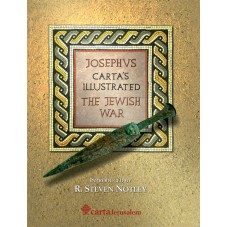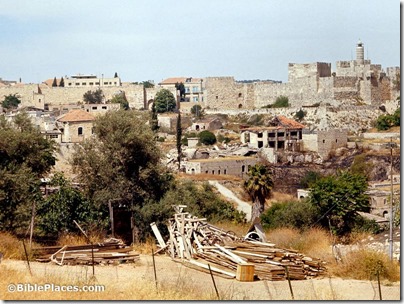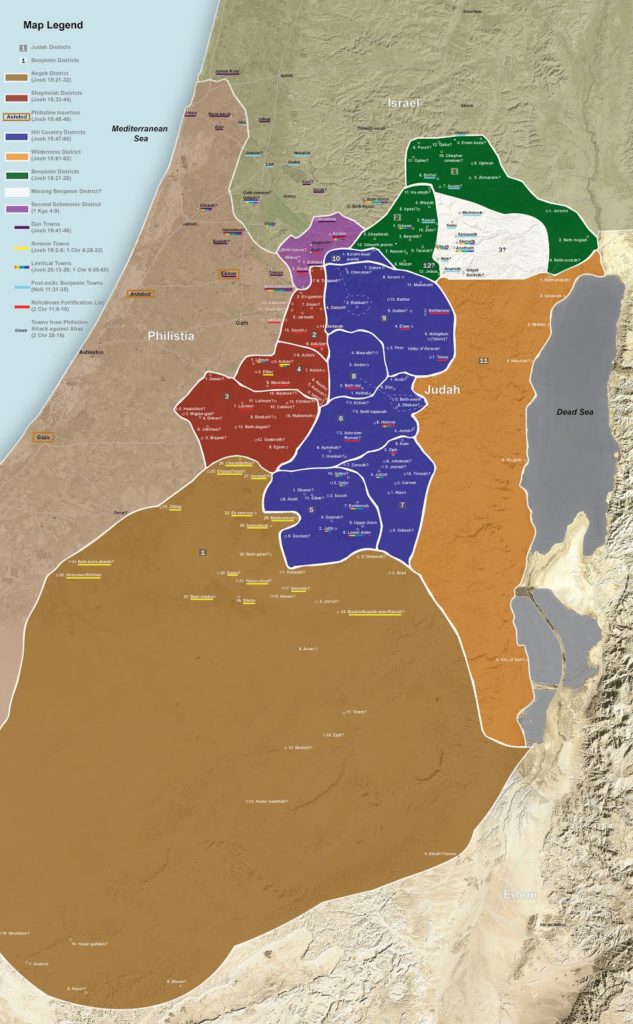Carta has just released what is likely the most beautiful and most useful edition of Josephus’s The Jewish War ever printed. Here’s why I think this is the edition you (and your students) will want to read:
- Josephus needs maps, and this edition includes 40 maps. They are on the same page as the events, so you don’t have to flip around.
- Almost every page has a photo or illustration of some kind. I love full-color double-page spread aerials of Masada, and I love architectural renderings of Herodium and Roman Jericho. This makes an exciting history even better.
- The color-coded text makes it easier to read, with personal names in red, place names in blue, and references in green.
- This edition provides both reference systems (Whiston and Loeb) so it’s easy to find your place no matter how another source cites it.

Carta’s Illustrated The Jewish War uses the venerable Whiston translation and the maps follow the numbering system in The Carta Bible Atlas, with a table cross-referencing these to The Sacred Bridge.
Carta is offering 30% off through June (with the code “30-off,” bringing the price from $60 down to $42. They’ve also reduced shipping to $5 (from Israel) during the sale as well. This is a great deal on an essential resource.
Perhaps a further word for those of my readers who are not aware of how important The Jewish War is. If you know anything about the first century in Israel outside the New Testament, there’s a good chance it came from this book. There are other sources, but The Jewish War is the best, because it is (1) contemporary, (2) lengthy, (3) interested in subjects related to the New Testament, like Jerusalem, temple, Herod, Galilee, and Pharisees; (4) generally accurate as it was written by a historian who was eyewitness to so much. I will be leading a group of students throughout Israel for the next three weeks and probably not a day will go by when I am not quoting or referencing this book. I encourage my students to read it, mark it, and keep it handy.


